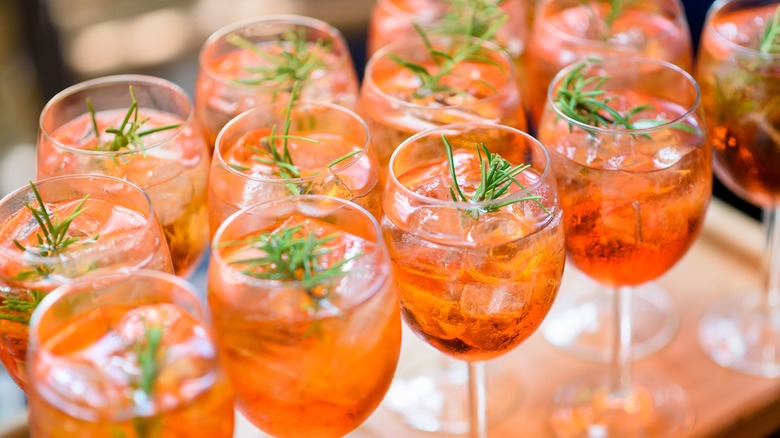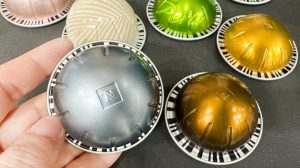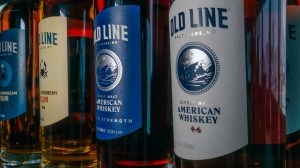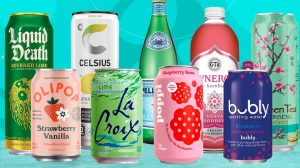Dessert wines are known for their sweeter flavor profiles and fuller, silkier mouthfeel. There are all kinds of different dessert wines to know, but the common takeaway is that there is some significant level of sweetness, from sugars left in the wine after fermentation, or the grape varieties and how they were prepared, or from the addition of spirits to fortify the wine. For that reason, dessert wines are either indeed enjoyed post-dinner, where they really elevate any dessert dish, or they’re dismissed all together. Dessert wines like sherry or Madeira are virtually never used in the same sentence as words like “refreshing” or “easy-drinking.” This, as it turns out, may be a big missed opportunity.
As delicious as common dessert wine flavors sound — from dried, dark fruits to caramel and butterscotch — they don’t exactly sound like summertime-sipper material. That is until you consider one genius hack: adding sparkling water. Cutting a dessert wine with something crisp and effervescent is a total game-changer that makes the wine’s decadent flavors suddenly light and refreshing. Die-hard oenophiles may balk at the idea of mixing special wines with, say, a can of plain or fruit-enhanced bubbly H2O, but it’s hard to imagine anyone actually trying this perfect compromise and not loving it. You get the sweetness, but in an easy-drinking format, and the wine’s silkiness plus the water’s carbonation create an intriguing and irresistible mouthfeel.
Dessert wine and sparkling water combos to try
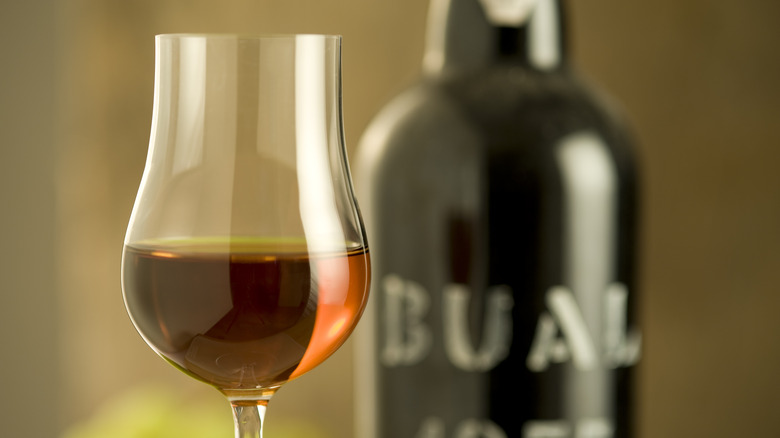
To try this effortless two-step cocktail, think about specific wines and waters you can use. Take port wine, for example. The basics to know about port wine are that it is a spirit-fortified wine from Portugal, ranging from 16% to 20% ABV. There are different types, and flavors include cherries, spices, dried fruit, butterscotch, caramel and vanilla — the more pastry-like flavors show up in barrel-aged tawny ports. With so many flavors in whatever port you choose, you could easily use a plain sparkling water, getting the lightness and effervescence from the water and the different aromas from the wine.
Or, you could experiment with flavored waters. Ruby ports are less aged than other varieties and have brighter fruit flavors, which would work well with equally bright sparkling waters, like lemon or lime. A flavored sparkling water that’s sweet yet tart and maybe even a little acidic, like strawberry or orange, would open up the warmer flavors of a more aged reserve port or tawny port. Sparkling waters with cherry really complement any port, or even any dessert wine, because of the two ingredients’ shared sweetness.
There are so many options for canned sparkling water now, in so many flavors, that the sky’s the limit for this brilliant riff on a highball (a two-ingredient cocktail featuring alcohol and a mixer). You’re essentially creating something like a red wine spritzer, but with sweeter wine and a touch more body. This makes it easy to enjoy delicious dessert wine even on warm days, and it doesn’t even have to be dessert time.



